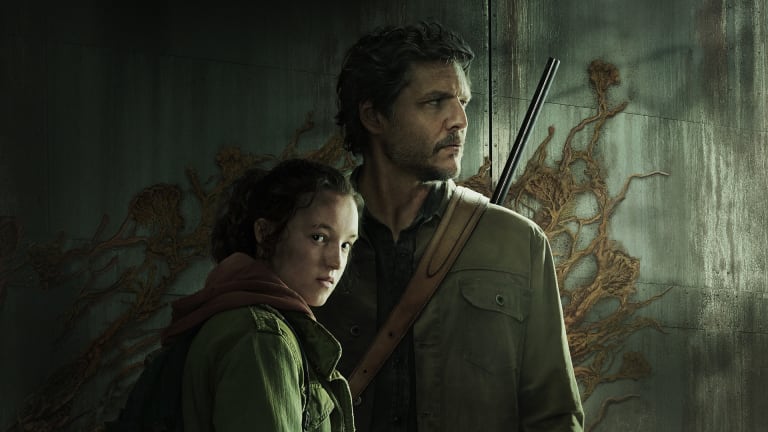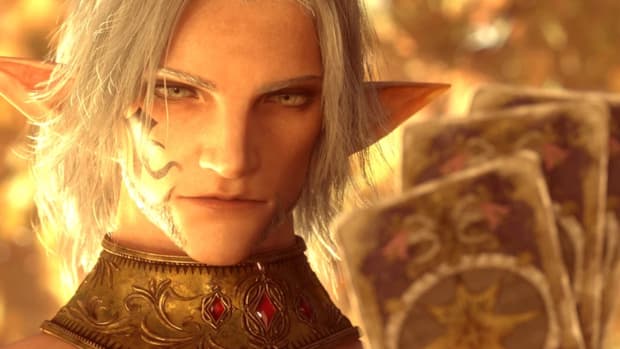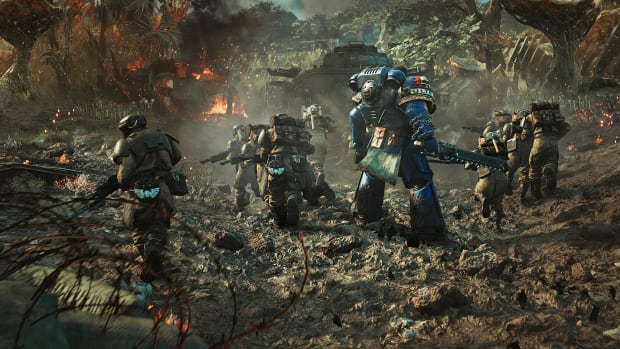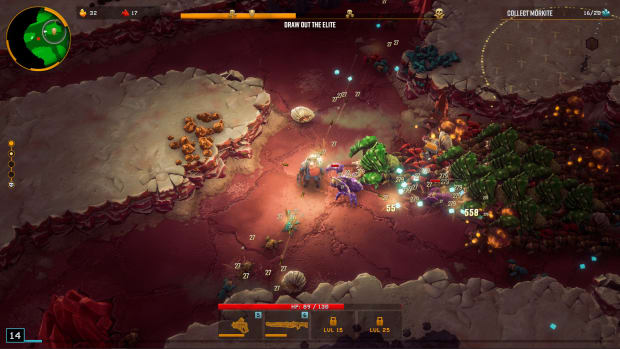
The Last of Us HBO review - the first video game adaptation that can stand on its own
Simple story, complex characters – that was developer Naughty Dog's mantra for its award-winning video game, The Last of Us. The same is true for the HBO adaptation.
It follows Joel, a depressed smuggler, and Ellie, a scrappy orphan girl, as they navigate a post-apocalyptic America ravaged by murderous, mind-controlling mushrooms. Ellie might be the key to a cure, but the central duo’s relationship, which changes with the seasons, is what really matters.
This video game’s story is told through cutscenes and conversations in the quiet moments as you wander around its desolate landscapes, and the action beats where you fight against raiders and the zombie-like infected – as brilliant as they are – are almost interruptions. The characters aren’t blank slates for the player to inhabit and there’s only one way it can end. But what an ending it is.
Many feel it’s one of the best games of all time, but its detractors call it an interactive movie. How does this translate to a big-budget HBO TV show? Really well, it turns out.
From Neil Druckmann, the game’s director, and Craig Mazin, creator of HBO’s Chernobyl, this take on The Last of Us feels like an extended edition.
There’s less action, but the majority of the story is identical – Joel’s daughter still jokes that she sells hardcore drugs when she gifts him a watch, but now you get to see how she actually got it. It’s the same but more, with new characters, added exposition, and the occasional glimpse at the wider world. It even features identical shots, framed just so, but they’re expertly mixed with original shots and scenes.
It opens with the same gut-punch prologue. This didn’t hit me quite as hard as it did in the game, despite the show spending way longer with its characters before the big moment. Perhaps there’s something in the interactivity that lends the game more weight, or maybe I was still too attached to the characters’ digital counterparts this early on. Either way, I have known these characters for a decade, which is a lot of baggage to shake off in 90 minutes.
By the end of the series, I was sold.
Certain scenes are more impactful in live action, including a mid-show moment after we meet two survivors called Sam and Henry, which managed to lodge a golf ball in my throat.
The cast are as close to perfect as you can get for this kind of adaptation. Pedro Pascal (The Mandalorian) is excellent as Joel, even if he does feel a touch softer. He’s still a broken man, but he’s less overtly vicious. Pascal has a friendly face, and I want to smush his cheeks. And since he can’t grow a full beard, those smushable cheeks are always on display. It’s a real problem. The cheeks.
Another factor is his driving motivation, which has been altered – instead of looking for weapons to sell, he wants to find a car battery so he can check on his brother’s safety. It still leads to the same place, with him ferrying a different type of ‘cargo’ – Ellie – across the US, but the change alters your perception of the character, who is selfish and detached in the game. Of course, this version of Joel doesn’t spend 12 straight hours strangling men, so it makes sense to pull his humanity slightly closer to the viewer.
Bella Ramsey is a revelation as Ellie. She gets to properly flex her acting talents, which she has in abundance, bringing the perfect blend of charisma and attitude, and she knows exactly when and how to dial it back. A flashback sequence focused on her backstory is one of the show’s best moments, and a later episode where she’s alone and under threat is somehow way more menacing and creepy here, in a big part thanks to her talent.
When together, Pascal and Ramsey’s chemistry fizzes. It’s natural and believable, even as their relationship changes. Their dynamic is almost enough to carry the show, but thankfully, it gets everything else right as well. Nick Offerman is perfect as grumpy survivalist Bill, Lamar Johnson excels as protective brother Henry, Keivonn Woodard brings a new layer of vulnerability to Sam, Murray Bartlett is compassionate and heart-breaking as Frank, and Melanie Lynskey is menacing as Kathleen, leader of the revolutionaries.
Some of the main cast from the video game get decent speaking parts, rather than throwaway cameos, too. Those who aren’t keyed into the games industry likely won’t even realize who they are – they’re just more brilliant actors joining a stellar cast. Jeffrey Pierce, who plays Joel’s brother in the game, stands out as the right-hand man of Kathleen, along with the video game’s Ellie, Ashley Johnson, who stars in her own mini horror movie as Ellie’s mother.
Apologies for making you aware of your own mortality for a moment, but The Last of Us launched on PlayStation 3 in 2013 – almost ten years ago. Through the TV show, we see the story recontextualized by writers who have lived through a pandemic similar to what’s depicted on-screen. This new perspective sees the cordyceps virus tied to climate concerns, and the quarantine zones are littered with small details that have become all too familiar to the modern audience, lending the setting a grounded new layer of horror.
There’s so much detail in every shot, and each of the sets is a near-perfect replica of what you see in the game, capturing Naughty Dog’s vision of a world reclaimed by nature. Cars, buildings, and street signs are wrapped in vines. Grass juts through cracks in the pavement. Motes of dust dance in sunbeams, mimicking mushroom spores. A frog hops onto a piano in a waterlogged hotel. Two toppled skyscrapers embrace over a chasm where the bombs weren’t enough to clear out the infected.
You can see where the budget went – the world and the reanimated corpses who roam it are as convincing as you’d hope from a tentpole HBO show. The infected are just alien enough to make them scarier than regular reanimated corpses, and their movement really sells the method of infection: a mutation of the parasitical cordyceps fungus, which infects insects before puppeteering them. Infected humans are barely in control, sprinting in straight lines, smashing into obstacles, and tripping over as if they’re being piloted by a drunk driver. And when they get someone. Oh no. The little stalks that protrude out of their mouths before they lean in for an instant noodle kiss? I’d be happy if I never saw that again. Then there are the blind clickers, whose heads have exploded outwards, destroying their eyes as the infection spread, causing them to use guttural clicks to echolocate their next victim. The audio design helps to make them far more unnerving than vanilla zombies.
My only disappointment with the infected is that we don’t see enough of them. Still, I’ll take that over them being overdone. This is a character study, first and foremost.
While the majority of the show sticks firmly to the source material, there’s one episode that focuses on two characters we’ve never had the chance to see together before. It’s touching, tender, and unexpected, and it justifies itself by reinforcing the themes of building bonds when the world is fractured. Love is out there – even for guys with “don’t tread on me” posters, it turns out. The episode worked for me because it’s a deeper dive into characters I wanted to know more about, but I’m keen to see how this sidestep from the main story goes down with the non-gaming audience.
There are many more subtle differences, but they’re likely to be less controversial. For example, there’s a lovely new moment where Joel and Ellie bond over a joke, which is the payoff for Ellie pulling out her joke book every time there’s some downtime – something for both newcomers and fans of the game.
Every addition feels justified. It also helps that pivotal scenes, new and reimagined, are elevated by Gustavo Santaolalla’s iconic soundtrack, filled with plucky guitar strings that make your mind picture a dustbowl, as well as some well-placed licensed music.
The Last of Us feels like the first video game adaptation that can truly stand on its own. Fans of the games will enjoy spending more time with characters they already know, while people who have no experience with the game can go into a quality character drama with horror elements and come out the other side relieved that it’s not another The Walking Dead – whether you’ve played the games or not, you will actually care when characters die. If they make it, season two will almost certainly make your racist uncle post a long-winded Facebook rant. I can’t wait.






